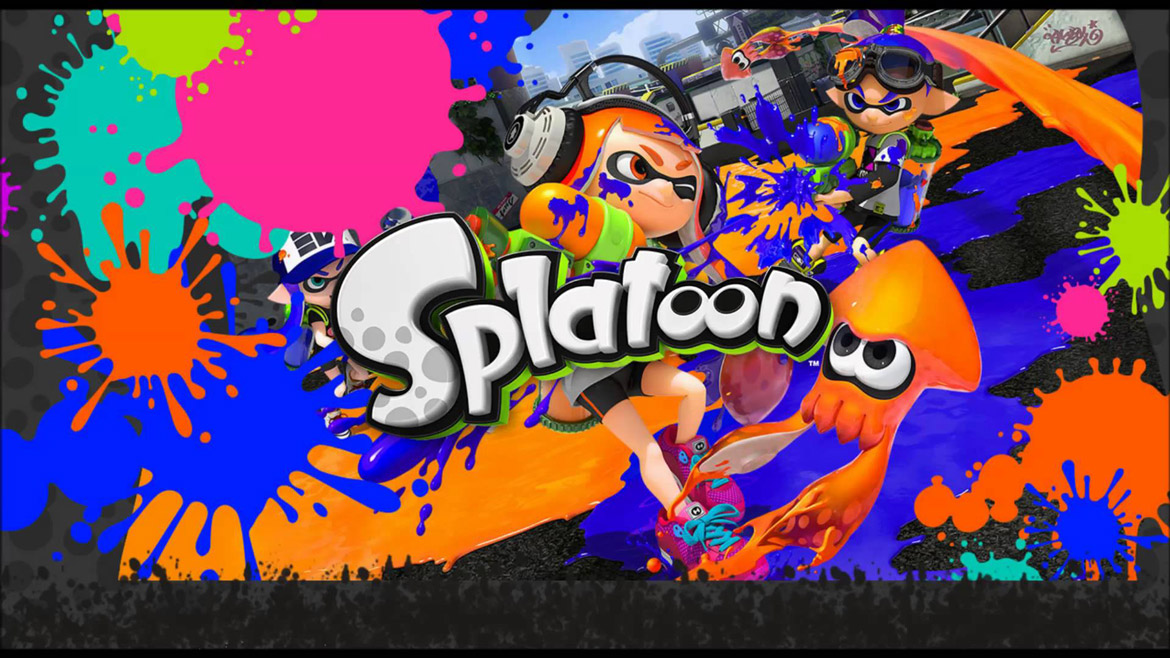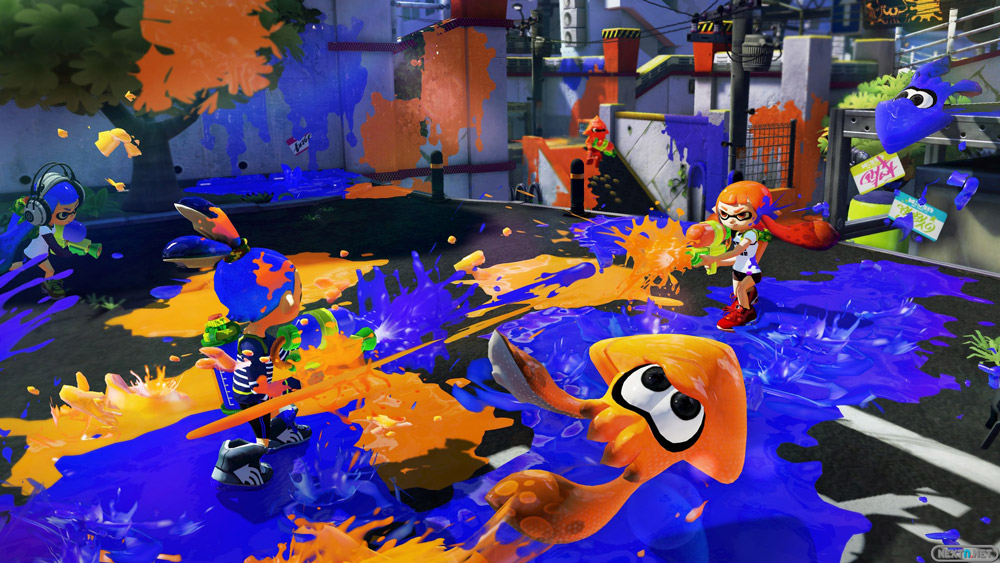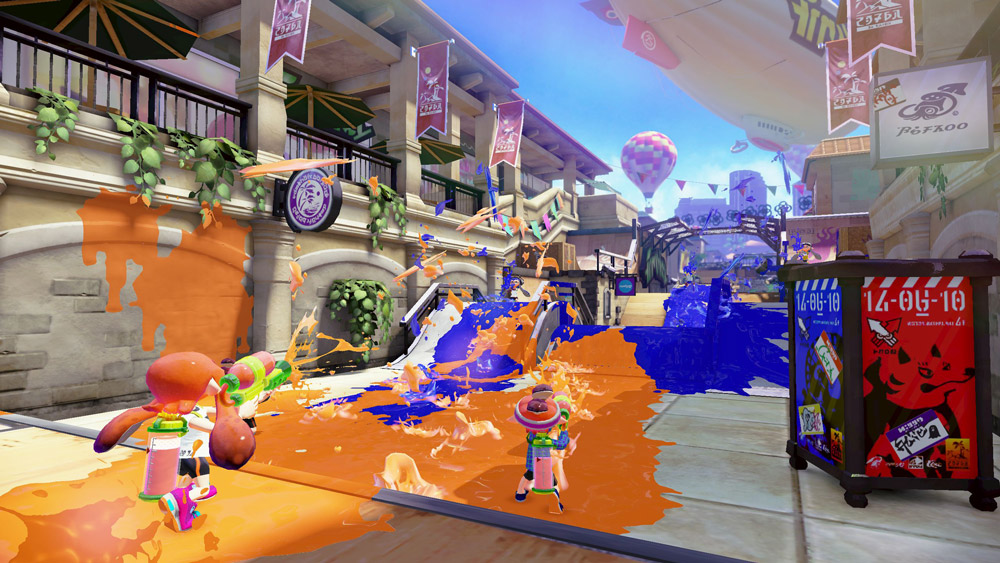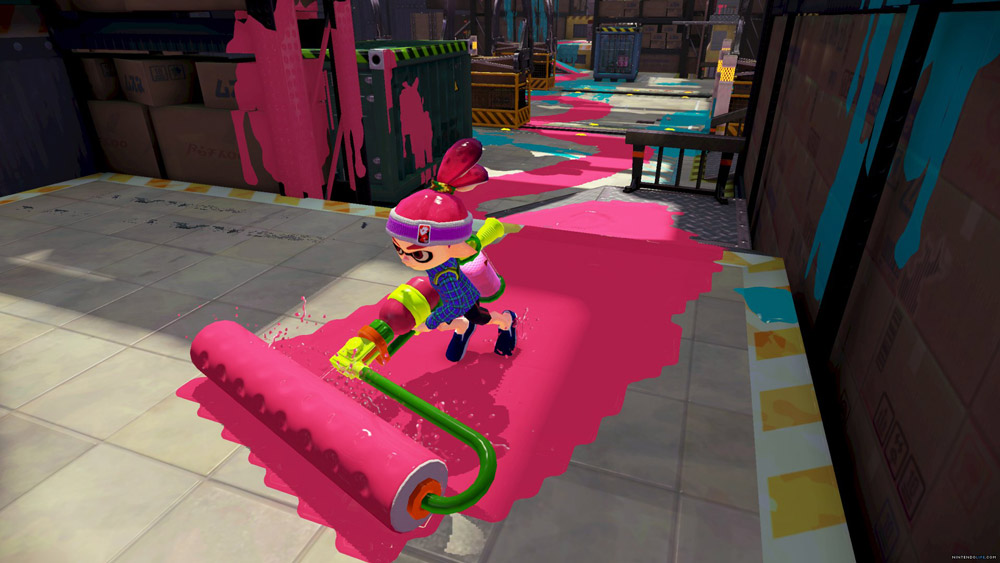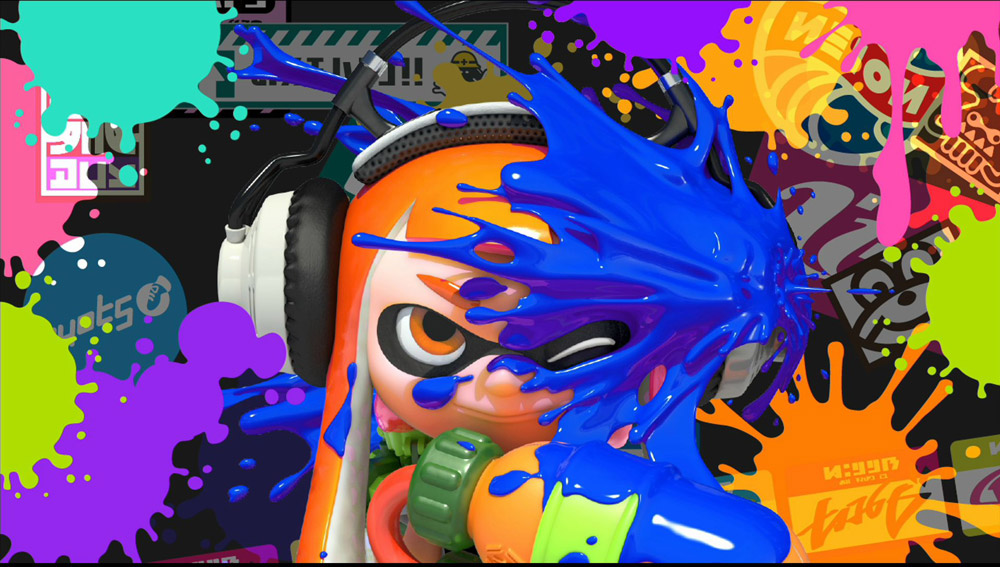TL;DR
Splatoon on Wii U is a super colorful and charming third-person shooter where you battle with ink! It's got a unique mechanic where transforming into an octopus lets you swim through your ink for stealth and refills. While the game is polished with great aesthetics and rewarding multiplayer that encourages action, its potential is held back by inconsistent motion controls that can be imprecise, a repetitive single-player mode, and some connectivity issues. The core gameplay is fun, especially the 4v4 matches, but you might be left wanting more content. Dive into the full review to see if this ink-slinging adventure is for you!
Nintendo’s multiplayer shooter is as charming as it is vibrant, but the limited content and control scheme prevent it from reaching its full potential.
Almost exactly a year ago, at E3 in LA, anticipation was high for Nintendo’s new “Nintendo-shooter,” Splatoon (a clever portmanteau of “Splat” and “Platoon”). This third-person action game features characters spraying each other, enemies, and targets with vibrant colors, reminiscent of a paintball tournament. Now that Splatoon has arrived on the Wii U, the editorial team has experienced both its highlights and its shortcomings.
The premise of Splatoon is both simple and ingenious: players select a male or female character, choose a skin tone, and then embark on learning the fundamentals with their chosen color weapon. Players control their character from a third-person perspective and aim using the Gamepad, which allows for crosshair manipulation on the screen. The L-stick enables rotation and camera control. In addition to shooting, players can transform into an octopus to replenish their color supply and stealthily approach opponents.
At first glance, Splatoon may seem unremarkable. However, upon playing, the attention to detail and overall polish become apparent, reflecting Nintendo’s signature quality. The game exhibits a level of refinement where the smooth frame rate and pleasing aesthetics, achieved through well-implemented shadows and color vibrancy, compensate for the graphics not being the most technically advanced. The sound design is a mixed bag; the effects are well-executed and enhance the impact of color splashes. However, the music is less appealing, although its presence is thankfully subdued for much of the gameplay.
The controls present a notable aspect. The Wii U’s GamePad functions as a traditional controller with buttons and sticks, as well as a touchscreen and motion-sensitive input device. The implementation of this combination has been inconsistent in games. While features such as a persistent map on the GamePad in games like Dark Siders II are welcome, motion controls are generally less effective for competitive play, such as in Mario Kart 8, where precision is paramount. The reliance on light-based tracking introduces instability and requires frequent recalibration, which can be detrimental in the heat of a match. The option to use the Wii U Controller Pro in 1-on-1 mode highlights the potential for alternative control schemes, and its absence in single-player mode is puzzling. While the controls are functional and become more intuitive with practice, the option for greater precision would be beneficial.
The game features a single-player campaign with a narrative, allowing players to earn currency to purchase improved weapons and equipment. However, the primary focus of Splatoon is its multiplayer mode. The 4-on-4 matches incorporate an innovative leveling system that rewards proactive and skillful play while discouraging passive “camping” tactics. This encourages engagement and contributes to a more dynamic experience. Unfortunately, the multiplayer mode has exhibited connectivity issues, even in the final version of the game. Additionally, the level design in this mode can feel somewhat repetitive, creating anticipation for new content via DLC.
Splatoon is a charming and fast-paced game suitable for a broad audience. Its affordable price on the eShop and relatively lower cost as a physical copy are positive factors. The pricing influences the overall assessment; a game priced significantly lower than a full-price title with a season pass is reasonably expected to offer a different scope of content. If the summer unfolds favorably, Splatoon offers the potential for enjoyable experiences through its unique color-based gameplay. The game’s vibrant world of ink, targets, bonuses, and collectibles evokes a sense of nostalgia.
